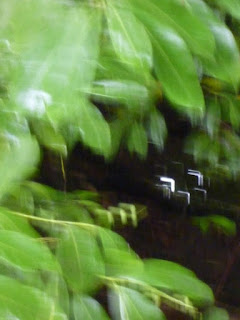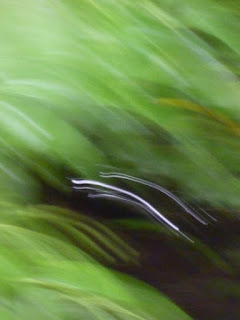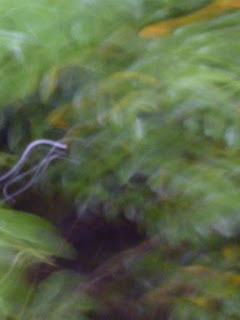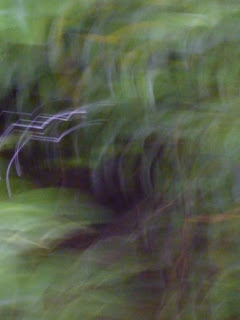Last week I spent the evenings at bookbinding classes, learning how to do coptic stitch bindings. Here we are in the light, bright, orderly room, working away -

These are the nipping presses - I love the shapes -

There are times when pressure really makes a difference - to get nice flat results with glue, for instance.
People throw amazing things in the bins - stuffed into a bag were mostly little bits of paper, but among them were some very usable bits of marbled paper -

The covers for my books had to be covered with paper from the bins, as I'd not read the course outline carefully and didn't bring the required two sheets of paper. However, having to improvise is Very Good For You -

Ready to roll -- the boards are covered, the signatures have been punched, and the written instructions are confusing to say the least. This is why it's good to go on a course, and see complicated things demonstrated.

But coptic stitch isn't all that complicated after all -

This book is sewn with one needle. Before class, I'd cobbled together the covers and cut up some cartridge paper to have a "practice" book.
The final evening we learned how to use paired needles - much easier, in many ways -

I'd saved the red-covered book to sew with red thread, and had time to do it in the final class with paired-needle sewing. It needed three pairs of needles -

Inside the cover is the map of art galleries that I happened to have with me the first night, and for the other book I used the table of contents from the City Lit course guide -

Here's how you can tell whether the coptic stitch has been made with paired needles (top) or a single needle (bottom) -

Much can be improved, but it's a decent start -






















































